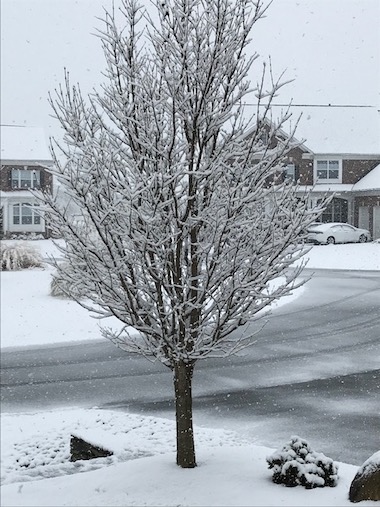The moon was especially big and bright a few nights ago and I just stayed outside and watched it for several minutes. The “sky” has been in the news a good amount lately — a student discovered a new planet, some new stars have been located in the Milky Way and a number of black holes have been mis-behaving, or at least not behaving the way astronomers say they always have….
Since we moved here to West Virginia, I’ve done a fair amount of sky watching, since there isn’t near the amount of ambient light that we had when we were living in Virginia. My neighbor and I often watch the International Space Station when it’s visible from Shepherdstown. We’ve even become pretty good at picking out some of the planets and constellations.
I think I’ve mentioned this before, but the “sky” is different depending on where you are on Earth. When we lived in the Philippines, we often checked out the Southern Cross — a constellation not visible in the United States. Well, actually that’s not quite true. For much, if not most, of the Northern Hemisphere the Southern Cross never rises above the horizon, so it can never be seen from about the middle of the United States northward. You can see it from Hawaii. In the contiguous U.S., to view the Southern Cross, you need to be in southern Florida or Texas — specifically, you must be at 26 degrees north latitude, or further south. Even in those few locations in the U.S. there is a limited viewing window to catch the Southern Cross — it has to be the right season of the year, and the right time of night. Of course, you also have to look in the right direction…. south would be good.
I’m not an astronomer, but I’ve learned that there are (I think) 88 constellations — the Southern Cross is the smallest of those constellations. But it is a prominent one and one of the best known constellations in the Southern Hemisphere. The Southern Cross was originally (and sometimes today) known as Crux — a Latin name that means “the cross.” The cross shape is formed by the constellations five brightest stars.
Once again, there’s no real point to this — but, I like stars. I’ve been fortunate enough (or unfortunate enough, depending on your point of view) several times to be places that the view of the stars is magnificent. I’ve never been to space, but if the view is any better than a few I’ve had here on Earth, it must be mighty special. Stars are cool — they don’t say anything or judge anyone. Someone once said that you should never complain beneath the stars about the lack of bright spots in you life….
— 30 —

